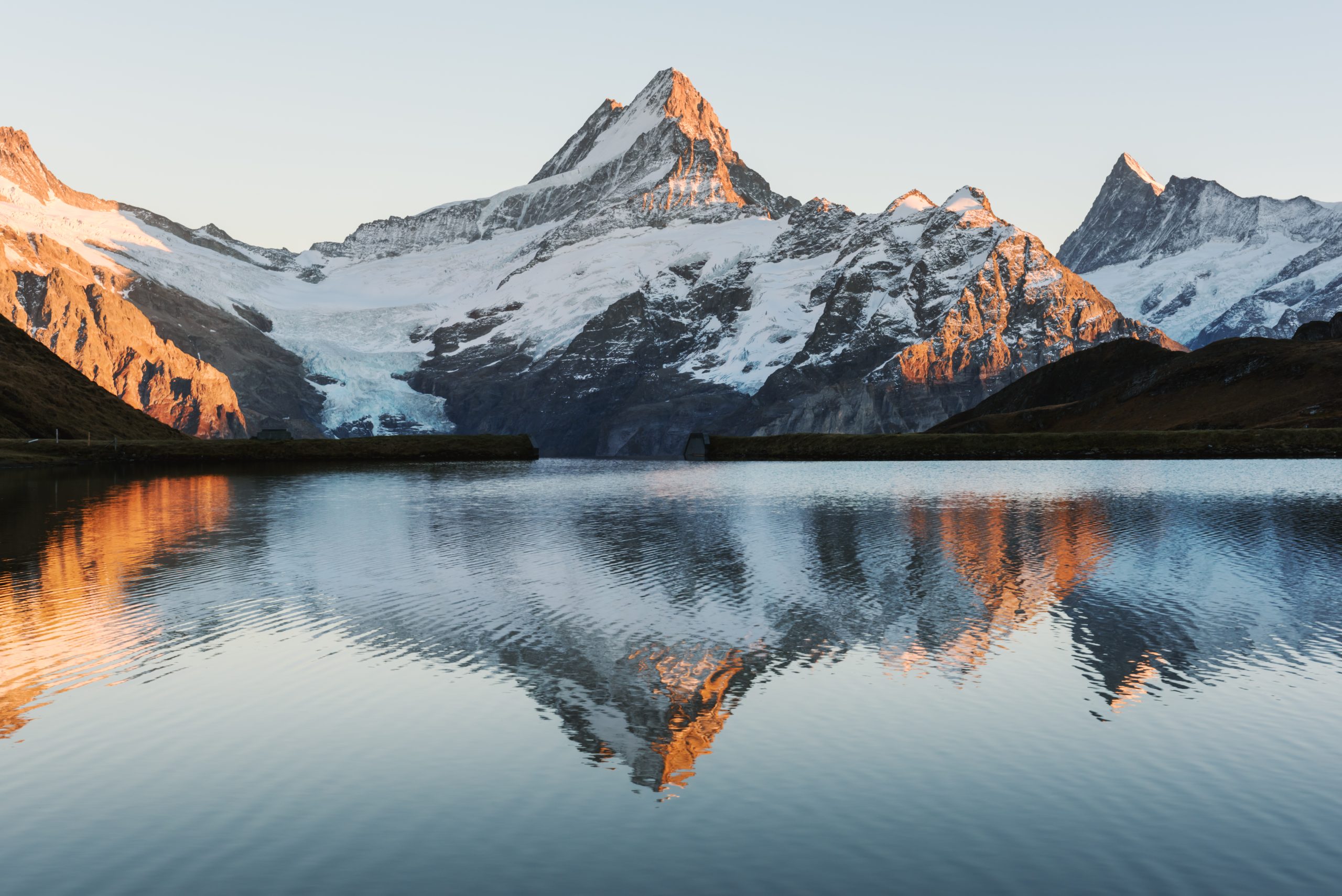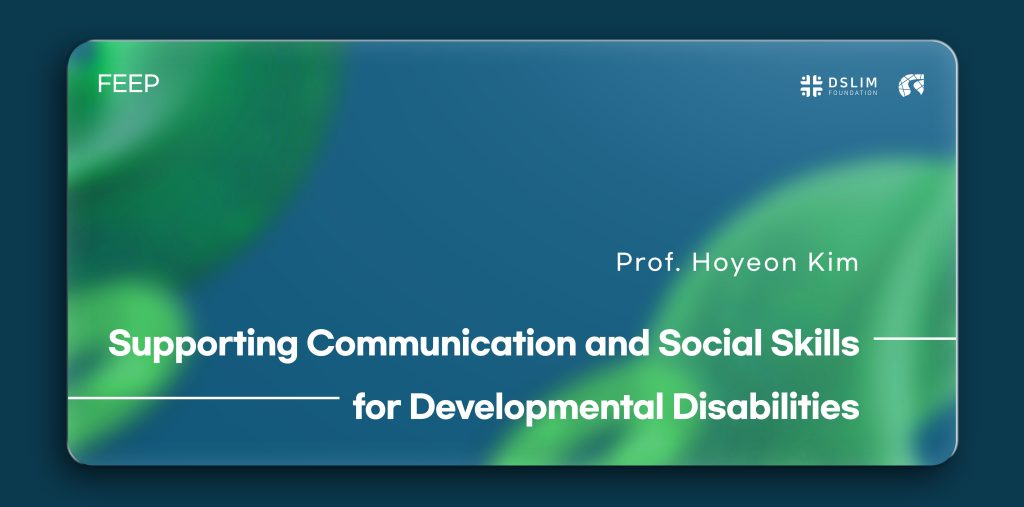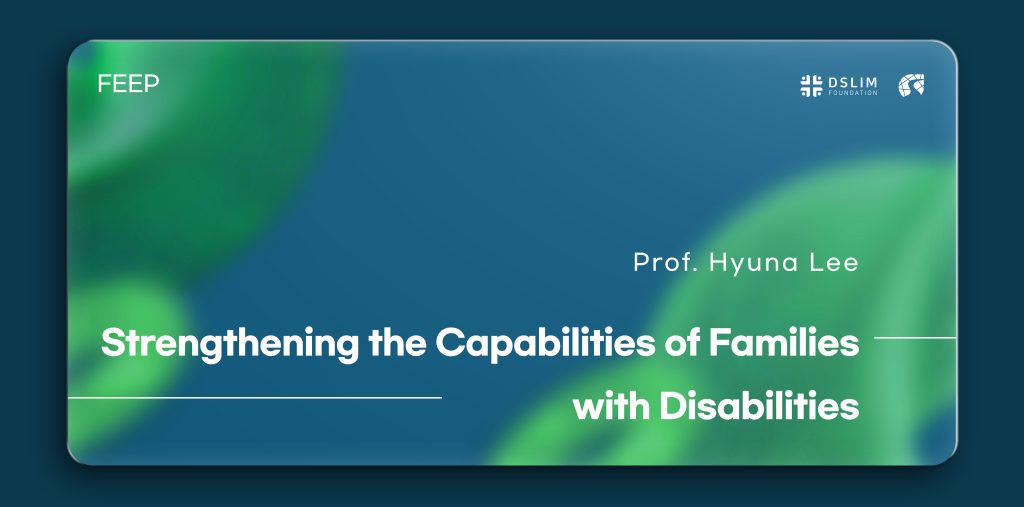Is the Mountain Truly a Mountain and the Water Truly Water?
By Professor Jae-Hyun Jung
In life, we make countless judgments. Yet, we know well that no judgment is infallible. The many mistakes we make are evidence of this. Why, then, is this the case?
To explore this question, let us reflect on a profound passage from The Five Schools’ Commentary on the Diamond Sutra (金剛經五家解), which contains the following verse:
A mountain is a mountain, and water is water.
A mountain is not a mountain, and water is not water.
A mountain is water, and water is a mountain.
A mountain is a mountain, and water is water.
This passage begins and ends with the same line, yet the journey through the stages reveals interconnected insights. While the first and final lines appear identical, they are fundamentally different. The first speaks from an initial understanding, while the last arises from a transformed perspective after profound reflection.
The first line is a simple, straightforward statement. It appears self-evident and needs no further explanation. However, upon closer examination, is the mountain truly a mountain in every circumstance? Mountains do not fall from the sky or suddenly erupt from the ground without a process of recognition and judgment.
The phrase “A mountain is a mountain” presupposes a judgment: “This is a mountain.” This is an essentialist judgment, and beneath it lies an even deeper existential judgment: “Something exists here.” The phrase “is” encapsulates both existence and essence, forming the foundation for the subject “mountain.” The subject is not merely a noun but an event that emerges from layered judgments about existence and essence.
This reminds us that subjects—nouns—are not absolute or fixed. We tend to see them as such, but the Diamond Sutra challenges this assumption, urging us to see beyond what seems self-evident.
The second line negates the initial judgment. It invites us to question whether what we assume to be self-evident is always true. By stating “A mountain is not a mountain,” it asks us to reconsider the possibility that what we see as a mountain may not be one or that what we call a mountain might be misjudged.
This stage encourages us to critically examine our assumptions and to recognize the possibility of error in our understanding. No subject—no mountain—is fixed or immune to reevaluation. What we perceive and know is never the entirety of reality.
The third line takes the questioning further, asserting that a mountain can be water and vice versa. This seems paradoxical, even absurd, but it highlights the interconnectedness of judgments about subjects and predicates. If the possibility of error exists in defining the subject, it naturally extends to the predicate as well.
This line reflects the fluid nature of reality, where even seemingly opposite concepts like mountains and water can coexist and transform into one another. It reminds us that all judgments are partial and provisional, opening the door to alternative perspectives.
The final line circles back to the beginning but with a deeper understanding. After questioning and transcending assumptions, the mountain is once again a mountain—but this time, it encompasses the possibility that it might not be a mountain or that it could be water. This acknowledgment of uncertainty allows for a more liberated and expansive perspective.
By recognizing the limitations of our judgments, we gain insight into the narrowness of our understanding. While this realization may initially provoke anxiety, it often leads to greater freedom. If our knowledge is not absolute, we are not solely responsible for everything nor confined to rigid perceptions.
This wisdom from the Diamond Sutra teaches us to see beyond the chains of our judgments and assumptions. Especially in moments of anxiety or compulsion, it reminds us that we are often the source of our own constraints. By recognizing this, we can find a path to freedom and inner peace.
Thank you.

“Just remember that you can test different video lengths until you find what works best –– the sweet spot. Pay attention to your video performance and adjust until you see success.”




